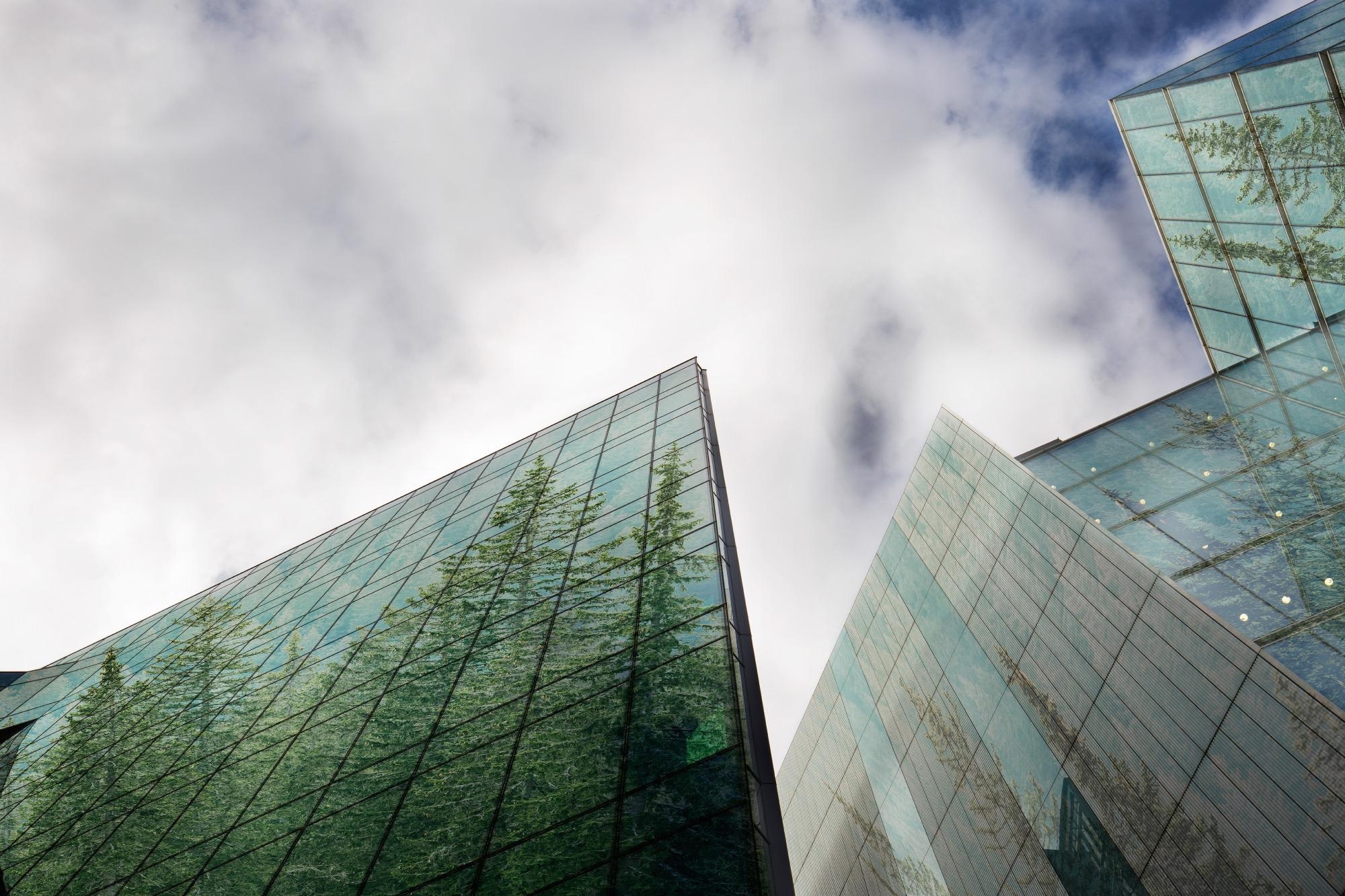Governments and citizens worldwide are increasingly concerned with climate change, creating many drives and initiatives to reduce greenhouse gas emissions. One relatively new invention, flux sensing, has the potential to help reduce emissions.

Image Credit: Shutterstock / zlikovec
Flux sensors are emerging as a cost-effective, low-energy solution for a range of applications such as optimizing building operations, reducing thermal loads and improving comfort. They can sense when a space is getting cold or hot and can switch specific systems off or on accordingly to keep a building comfortable. Flux sensors can also be used to measure and control a wide range of energy-saving measures, including lighting schedules, thermostats and digital meter applications.
This article looks at this technology and its role as the world moves towards more sustainable alternatives to cooling technologies.
Energy Use in Air Conditioning and Mechanical Ventilation
The amount of energy consumed by humans has increased dramatically in the last century. The International Energy Agency notes that electricity generation is likely to increase by 79% between 2018 and 2050. Humans have been heating and cooling their spaces since the beginning of time.
As technologies have advanced, cooling systems such as air conditioning and mechanical ventilation have become popular household items for many people living worldwide. Air conditioning and mechanical ventilation are supported through the burning of fossil fuels.
Are our current energy use habits sustainable?
A report by Pew Research Center found that citizens have been pushing governments to take note of climate change. Two thirds of Americans think that their government can do more on climate change. Air conditioning uses a lot of power, so reducing its use is an important part of fighting climate change.
The evidence for human-caused climate change has been overwhelming for decades now. Climate change can lead to a number of negative consequences, including natural disasters, extreme weather, pollution and deforestation. Efforts to minimize the detrimental effects of climate change have become one of the world’s top priorities. If you want to reduce your carbon footprint as efficiently as possible, select equipment and products that can help reduce energy consumption. Flux sensing is one of those technologies.
What is flux sensing and can it help reduce energy consumption?
Flux sensing can save you money on energy usage both now and in the future as well as reducing harmful emissions in the atmosphere.
The sensors have to be developed in a way that is conducive to being used in green buildings, while maintaining high sensitivity and a fast response time.
These sensors can be used in combination with other technology such as spreaders (thin metal foils) to optimize building operations to reduce thermal loads and improve comfort throughout an entire building or many buildings.
Recent academic research conducted by graduate student Jackson Danis at Thayer School of Engineering Dartmouth College has supported the view that flux sensing can help manage temperatures, for instance, the findings of one study found that,
...heat flux sensing has the potential to improve shading control dramatically in diverse climates. Heat flux-controlled shading proved to be remarkably effective at reducing window heat gain compared to conventionally controlled shades across a range of locations and seasons.
Jackson Danis, Thayer School of Engineering, Dartmouth College
Flux sensing technologies provide one novel way of reducing greenhouse gas emissions going forward. Climate change is happening due to human activity. Humans have been burning fossil fuels like coal, oil and natural gas since time began. We can now make a change in how we live our lives and take steps toward transitioning to clean energy in the future.
References and Further Reading
1.https://www.pewresearch.org/science/2020/06/23/two-thirds-of-americans-think-government-should-do-more-on-climate/
2.https://digitalcommons.dartmouth.edu/cgi/viewcontent.cgi?article=1028&context=engs88
3.https://arxiv.org/abs/2006.02808
4. https://www.sciencedirect.com/science/article/abs/pii/S0360132319308029
Disclaimer: The views expressed here are those of the author expressed in their private capacity and do not necessarily represent the views of AZoM.com Limited T/A AZoNetwork the owner and operator of this website. This disclaimer forms part of the Terms and conditions of use of this website.